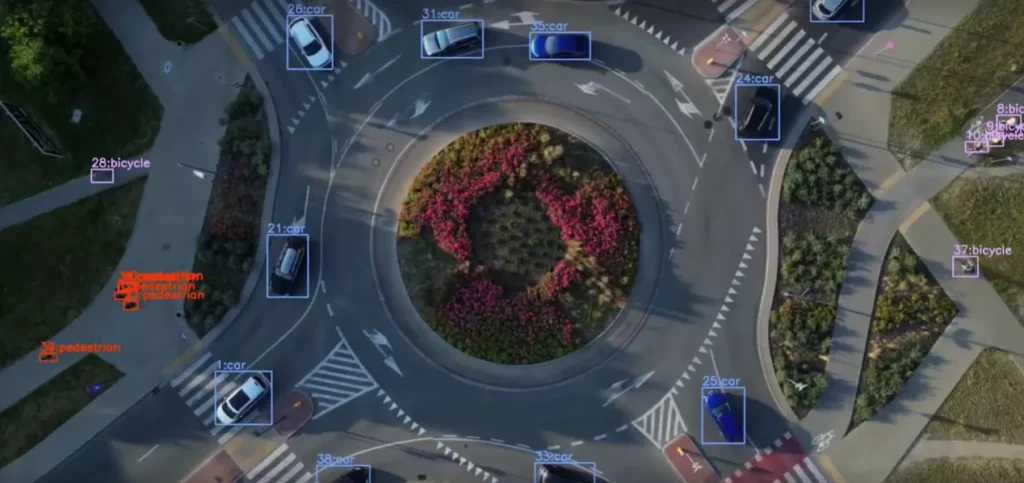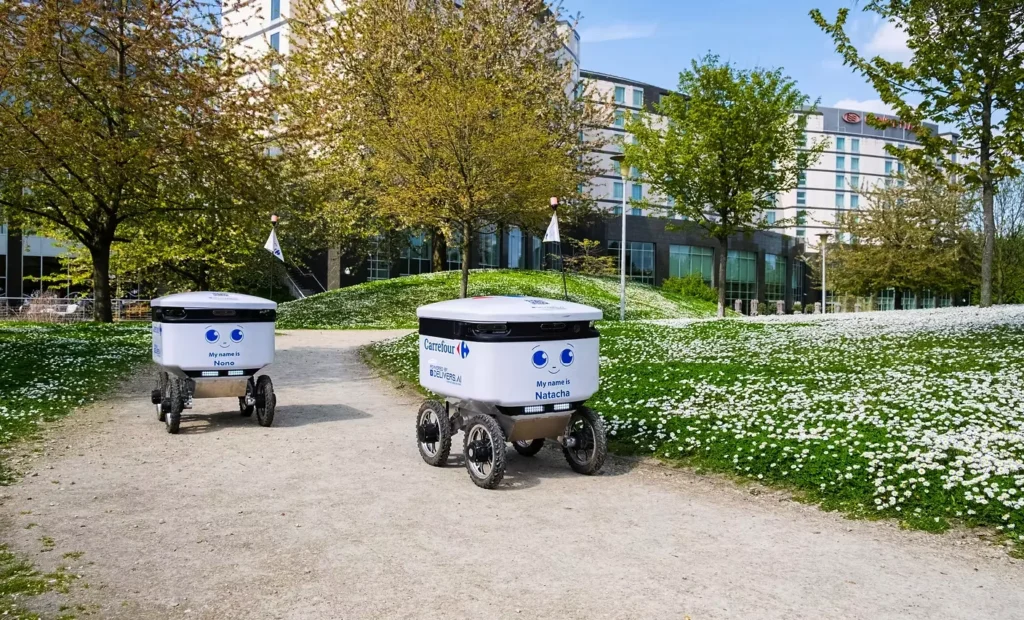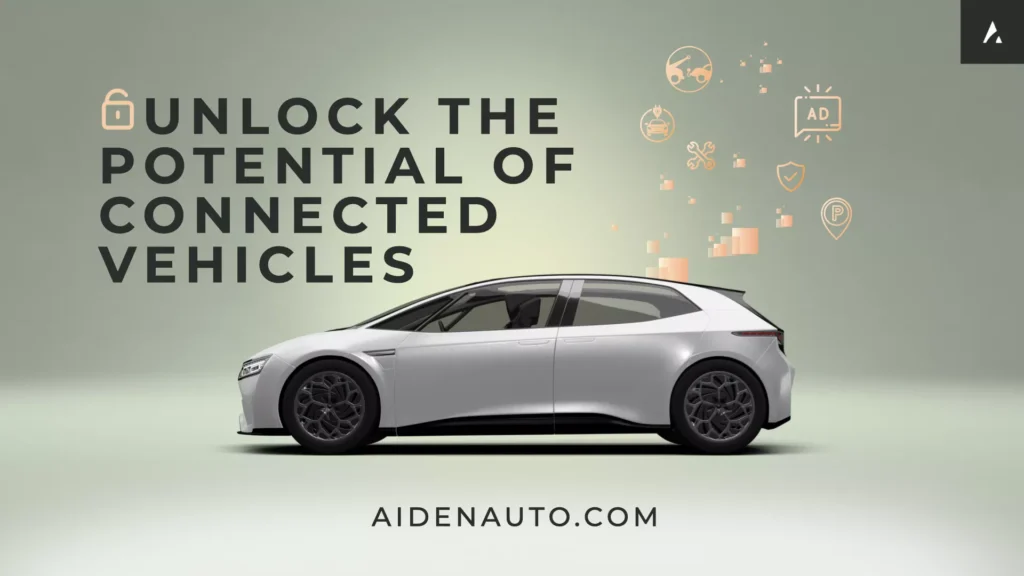










From EVs and batteries to autonomous vehicles and urban transport, we cover what actually matters. Delivered to your inbox weekly.

Wind River and Hyundai Mobis have launched a joint software development platform aimed at accelerating the shift to software-defined vehicles. The new cloud-based tool, Mobis Development Studio, gives automakers and suppliers a streamlined environment for building, testing, and validating automotive software at scale.
At its core is Wind River Studio Developer, embedded into Hyundai Mobis’ infrastructure to create an integrated development workflow. The system speeds up build times, automates testing, and flags issues earlier in the software lifecycle, key capabilities as automotive complexity surges.
The platform tailors development environments to specific electronic control units (ECUs), whether for infotainment, ADAS, or drivetrains. That modular approach helps engineers work faster, with tools matched to each component’s demands, shortening iteration loops and boosting reliability.
This launch marks a strategic move for both companies. Hyundai Mobis is looking to scale its smart mobility and vehicle intelligence capabilities. For Wind River, the partnership extends its software tools—already used across aerospace and telecom, deeper into the auto sector, where development cycles increasingly resemble those of high-tech industries.
It also reinforces a broader industry trend: legacy development models are straining under the demands of connected, real-time, and continuously updated vehicles. Platforms like Mobis Development Studio enable the kind of “shift-left” development – testing early, fixing faster – that underpins continuous integration strategies. This is increasingly critical for OEMs managing hundreds of millions of lines of vehicle code.
As EVs and connected vehicles go mainstream, the winners won’t just be those with great hardware – they’ll be the companies that can move fast without breaking things.